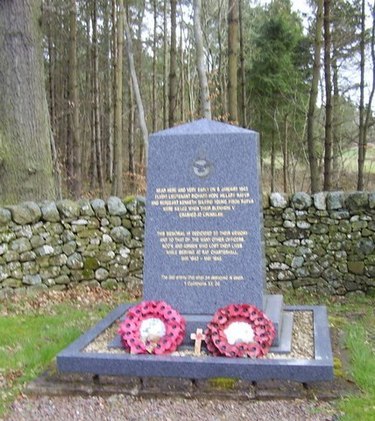Richard Hillary

Flight Lieutenant Richard Hope Hillary (20 April 1919 – 8 January 1943) was an Anglo-Australian Royal Air Force fighter pilot during the Second World War. He wrote the book The Last Enemy about his experiences during the Battle of Britain.
Hillary was the son of an Australian government official and his wife (Michael and Edwina Hillary)[1] and was sent to England to be educated at Shrewsbury School and Trinity College, Oxford.[2] He lived with his parents until the age of seven; from then until he was eighteen he saw them only during the summer holidays.[1] Whilst at Oxford it has been claimed that he was secretary of the Oxford University Boat Club and president of the Rugby Club, but both claims are questionable.[3] He rowed in the successful Trinity College VIII of 1938. He joined the Oxford University Air Squadron and the Royal Air Force Volunteer Reserve in 1939.[4] Hillary was a descendant of Sir William Hillary, founder of the Royal National Lifeboat Institution.[5]
Hillary was called up to the Royal Air Force in October 1939 and in July 1940, having completed his training, he was posted to B Flight, No. 603 Squadron RAF, located at RAF Montrose, flying Spitfires. The Squadron moved south to RAF Hornchurch on 27 August 1940 and immediately saw combat. In one week of combat Hillary personally claimed five Bf 109s shot down, claimed two more probably destroyed and one damaged.[6]
Hillary wrote about his first experience in a Supermarine Spitfire in The Last Enemy:
The Spitfires stood in two lines outside ‘A’ Flight pilots’ room. The dull grey-brown of the camouflage could not conceal the clear-cut beauty, the wicked simplicity of their lines. I hooked up my parachute and climbed awkwardly into the low cockpit. I noticed how small was my field of vision. Kilmartin swung himself on to a wing and started to run through the instruments. I was conscious of his voice, but heard nothing of what he said. I was to fly a Spitfire. It was what I had most wanted through all the long dreary months of training. If I could fly a Spitfire, it would be worth it. Well, I was about to achieve my ambition and felt nothing. I was numb, neither exhilarated nor scared. I noticed the white enamel undercarriage handle. “Like a lavatory plug,” I thought. Kilmartin had said, “See if you can make her talk.” That meant the whole bag of tricks, and I wanted ample room for mistakes and possible blacking-out. With one or two very sharp movements on the stick I blacked myself out for a few seconds, but the machine was sweeter to handle than any other that I had flown. I put it through every manoeuvre that I knew of and it responded beautifully. I ended with two flick rolls and turned back for home. I was filled with a sudden exhilarating confidence. I could fly a Spitfire; in any position I was its master. It remained to be seen whether I could fight in one.
On 3 September 1940 he had just made his fifth “kill” when he was shot down by a Messerschmitt Bf 109 flown by Hauptmann Helmuth Bode of II./JG 26:[7]
